
Rice faculty part of Baylor Superfund program
A $10 million federal grant establishes a center to study how toxic chemicals from Superfund sites impact preterm births.

Rice faculty part of Baylor Superfund program
A $10 million federal grant establishes a center to study how toxic chemicals from Superfund sites impact preterm births.

Hidden symmetry found in chemical kinetic equations
Rice University researchers have discovered a hidden symmetry in the chemical kinetic equations scientists have long used to model and study many of the chemical processes essential for life.

Rice engineers: Make wastewater drinkable again
Delivering water to city dwellers can become far more efficient, according to Rice University researchers who say it should involve a healthy level of recycled wastewater.
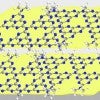
New nano strategy fights superbugs
Rice researchers imprint carbon nitride nanosheets to catch and kill free-floating antibiotic resistant genes found in secondary effluent produced by wastewater treatment plants. The strategy would prevent the DNA molecules from making downstream bacteria more resistant to drugs.
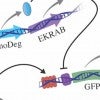
Strong signals show how proteins come and go
Rice University bioscientists develop a versatile gene signal amplifier that can not only do a better job of detecting the expression of chromosomal genes than current methods but can potentially be used to detect any cellular gene.
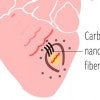
Heart nanofibers make STAT Madness Round 2
The Rice/Texas Heart Institute project to use nanotube fibers to repair damaged hearts makes Round 2 of STAT Madness.
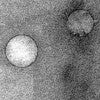
‘Smart water’ may aid oil recovery
Rice University engineers study the mechanism that would allow “smart water" to aid oil recovery from reservoirs.
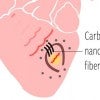
Heart nanofiber breakthrough awaits your STAT Madness vote
Joint Texas Heart Institute/Rice University research into using carbon nanotube fibers to bridge damaged areas of hearts is part of this year's STAT Madness, a competition to choose the year's best university-based bioscience project.

Mikos receives Controlled Release Society’s 2020 Founders Award
Antonios Mikos, the Louis Calder Professor of Bioengineering and of Chemical and Biomolecular Engineering, has received the 2020 Founders Award of the Controlled Release Society
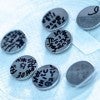
Less may be more in next-gen batteries
Rice University engineers build full lithium-ion batteries with silicon anodes and an alumina layer to protect cathodes from degrading. By limiting their energy density, the batteries promise excellent stability for transportation and grid storage use.
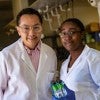
Rice engineers find a way to turn water pollution into valuable chemicals
Rice University researchers have identified a simpler way to rid water of cancer-causing pollutants and turn them into valuable chemicals.

People, papers and presentations Jan 13, 2020
George Abbey, senior fellow in space policy at the Baker Institute for Public Policy, was elected to the Lone Star Flight Museum's Texas Aviation Hall of Fame. He will be inducted at a luncheon May 8 at Houston's Ellington Airport.